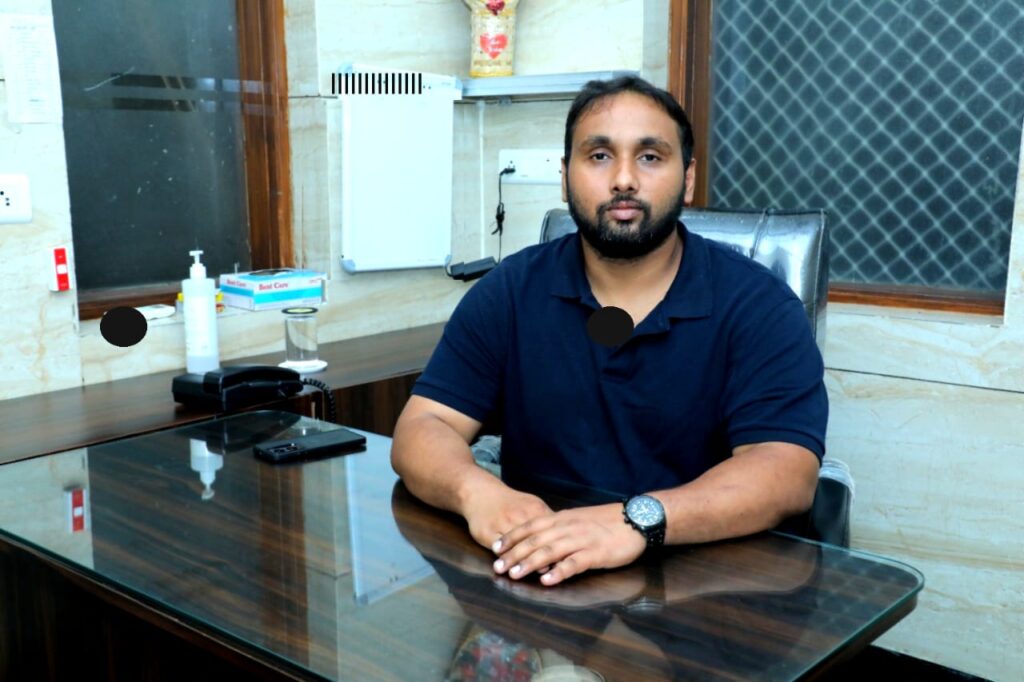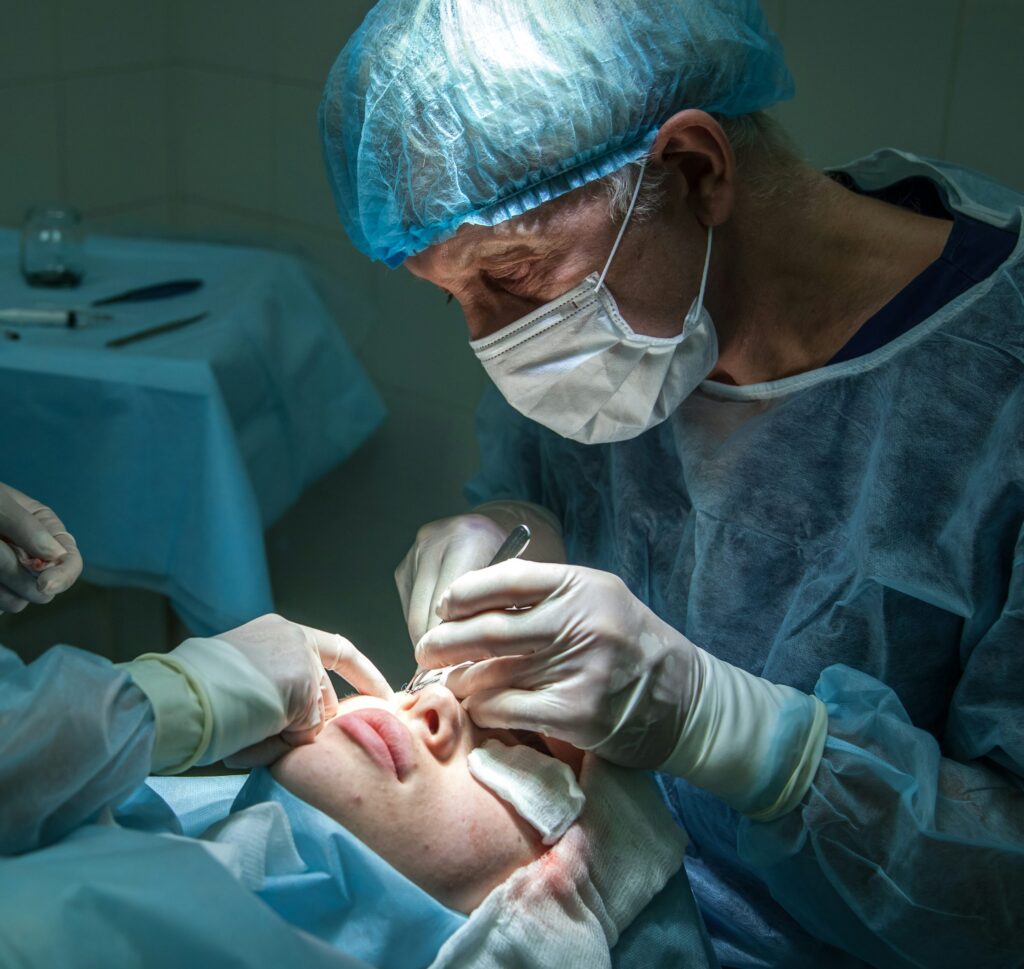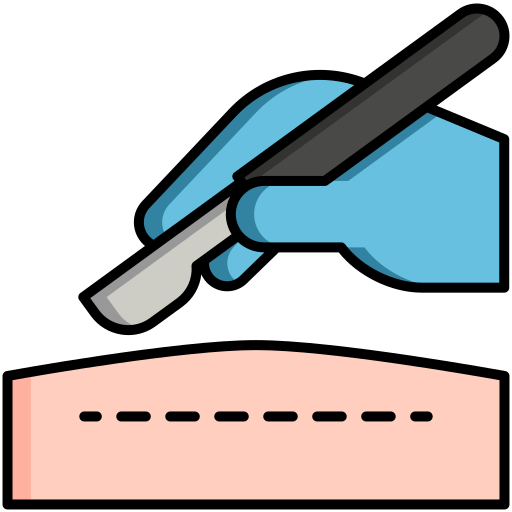Plastic Surgery Department
Restore | Enhance | Reconstruct
Plastic Surgery focuses on restoring, reconstructing, and enhancing the body’s appearance and function. It includes both cosmetic and reconstructive procedures.
At Astha Multispeciality Hospital, the best plastic surgeon in Sirsa provides safe, advanced, and personalized procedures to enhance your appearance and confidence.
About the Doctor
Dr.Maneesh Jain is a highly skilled surgeon with over 12 years of surgical experience, including 9 years in General Surgery and 3 years specializing in Plastic & Reconstructive Surgery. He is known for his precision, patient-focused care, and natural-looking results in both cosmetic and reconstructive procedures.

Consultant Plastic & Reconstructive Surgeon
Why Choose Us for Your Plastic Surgery Journey
At Astha Multispeciality Hospital, we understand that plastic surgery is a personal journey. As the best plastic surgeon in Sirsa, our focus is on safety, comfort, and exceptional results. Here’s why patients trust us with their care.


Board-Certified Surgeons
Our team of highly skilled, board-certified plastic surgeons brings years of specialized experience and a reputation for excellence. We stay at the forefront of surgical advancements to ensure the best possible outcomes.

Natural-Looking Results
Our goal is to enhance your natural beauty—not change who you are. We aim for subtle, balanced results that reflect your best self with confidence and grace.

Safety and Ethics First
With the best plastic surgeon in Sirsa, we uphold the highest standards in medical safety and ethics—your health and well-being are our top priorities.

Outstanding Patient Satisfaction
With hundreds of 5-star reviews and a loyal base of returning clients, we pride ourselves on building lasting relationships through care and trust.
Our Treatment Categories
- This type of surgery is performed to improve the function and appearance of skin and tissue damaged by burns. It can involve various techniques like skin grafting, flap surgery, and tissue expansion to restore movement, reduce scarring, and improve the overall quality of life for burn survivors.
- This is a surgical procedure to repair a birth defect where there is an opening or split in the lip or roof of the mouth (palate). The goal is to close the opening, restore normal function for eating and speech, and improve the facial appearance.
- This involves taking healthy skin from one area of the body (donor site) and using it to cover a damaged or missing area of skin (recipient site). It's commonly used for burns, large wounds, or areas where skin has been removed due to surgery.
- This specialized area of surgery deals with the diagnosis and treatment of conditions affecting the hand, wrist, and forearm. This can include injuries (fractures, tendon damage, nerve damage), congenital abnormalities, infections, and degenerative conditions like arthritis. The aim is to restore function, reduce pain, and improve the overall use of the hand.
- This is a surgical or non-surgical procedure to improve the appearance of scars. While scars cannot be completely removed, revision techniques can make them less noticeable by changing their size, shape, texture, or color.
- This surgical procedure is performed to rebuild the shape and appearance of a breast, often after a mastectomy (surgical removal of the breast) due to cancer. It can involve using implants or the patient's own tissue.
- This type of surgery is performed to improve a person's appearance. Examples include rhinoplasty (nose surgery), facelift, breast augmentation, and liposuction. While elective, these procedures can have a significant impact on a person's self-esteem and quality of life.
- This involves the surgical treatment of injuries to the face, including fractures of the facial bones (jaw, cheekbones, nose, eye socket) and soft tissue injuries (lacerations, nerve damage). The goal is to restore function, minimize scarring, and preserve the aesthetic appearance of the face.
- This is a surgical technique that uses magnifying instruments (like microscopes) to perform delicate procedures on very small structures, such as blood vessels and nerves. It's crucial for procedures like replanting severed limbs or fingers, and for complex reconstructive surgeries.
- This involves surgically removing tumors (both cancerous and non-cancerous) from various parts of the body and then reconstructing the affected area. This is crucial to restore function, minimize disfigurement, and improve the patient's quality of life after tumor removal. The reconstruction can involve skin grafts, flaps, or implants, depending on the location and size of the removed tumor.
- This involves surgically removing tumors (both cancerous and non-cancerous) from various parts of the body and then reconstructing the affected area. This is crucial to restore function, minimize disfigurement, and improve the patient's quality of life after tumor removal. The reconstruction can involve skin grafts, flaps, or implants, depending on the location and size of the removed tumor.
- This involves surgically removing tumors (both cancerous and non-cancerous) from various parts of the body and then reconstructing the affected area. This is crucial to restore function, minimize disfigurement, and improve the patient's quality of life after tumor removal. The reconstruction can involve skin grafts, flaps, or implants, depending on the location and size of the removed tumor.



